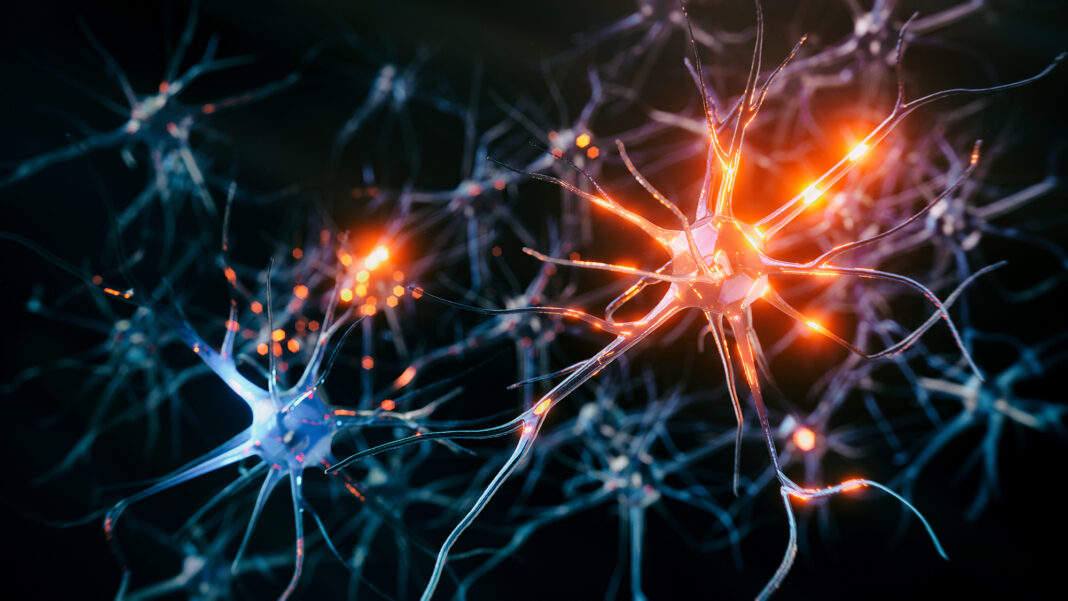Researchers at Karolinska Institutet (KI) in Sweden have identified a group of nerve cells in the mouse brain that are involved in creating negative emotional states and chronic stress. The neurons, which have been mapped with a combination of advanced techniques, also have receptors for estrogen, which could explain why women as a group are more sensitive to stress than men.
The study is published in Nature Neuroscience in an article titled, “Esr1+ hypothalamic-habenula neurons shape aversive states.”
“Excitatory projections from the lateral hypothalamic area (LHA) to the lateral habenula (LHb) drive aversive responses,” wrote the researchers. We used patch-sequencing (Patch-seq) guided multimodal classification to define the structural and functional heterogeneity of the LHA–LHb pathway. Our classification identified six glutamatergic neuron types with unique electrophysiological properties, molecular profiles, and projection patterns.”
By using a combination of advanced techniques, KI researchers Konstantinos Meletis and Marie Carlén and their team have been able to map out a specific neuronal pathway in the mouse brain leading from the hypothalamus to the habenula that controls aversion.
The researchers used optogenetics to activate the pathway when the mice entered a particular room and found that the mice soon started to avoid the room even though there was nothing in it.
“We discovered this connection between the hypothalamus and the habenula in a previous study but didn’t know what types of neurons the pathway was made up of,” said Konstantinos Meletis, PhD, professor of system neuroscience at the department of neuroscience, Karolinska Institutet. “It’s incredibly exciting to now understand what type of neuron in the pathway controls aversion. If we can understand how negative signals in the brain are created, we can also find mechanisms behind affective diseases like depression, which will open the way for novel drug treatments.”
Another discovery is that the neurons linked to aversion have a receptor for estrogen, making them sensitive to estrogen levels. When male and female mice were subjected to the same type of unpredictable mild aversive events, the female mouse developed a much more lasting stress response than the male.
“It has long been known that anxiety and depression are more common in women than in men, but there hasn’t been any biological mechanism to explain it,” said Marie Carlén, PhD, professor and group leader at the department of neuroscience, Karolinska Institutet. “We’ve now found a mechanism that can at least explain these sex differences in mice.”



